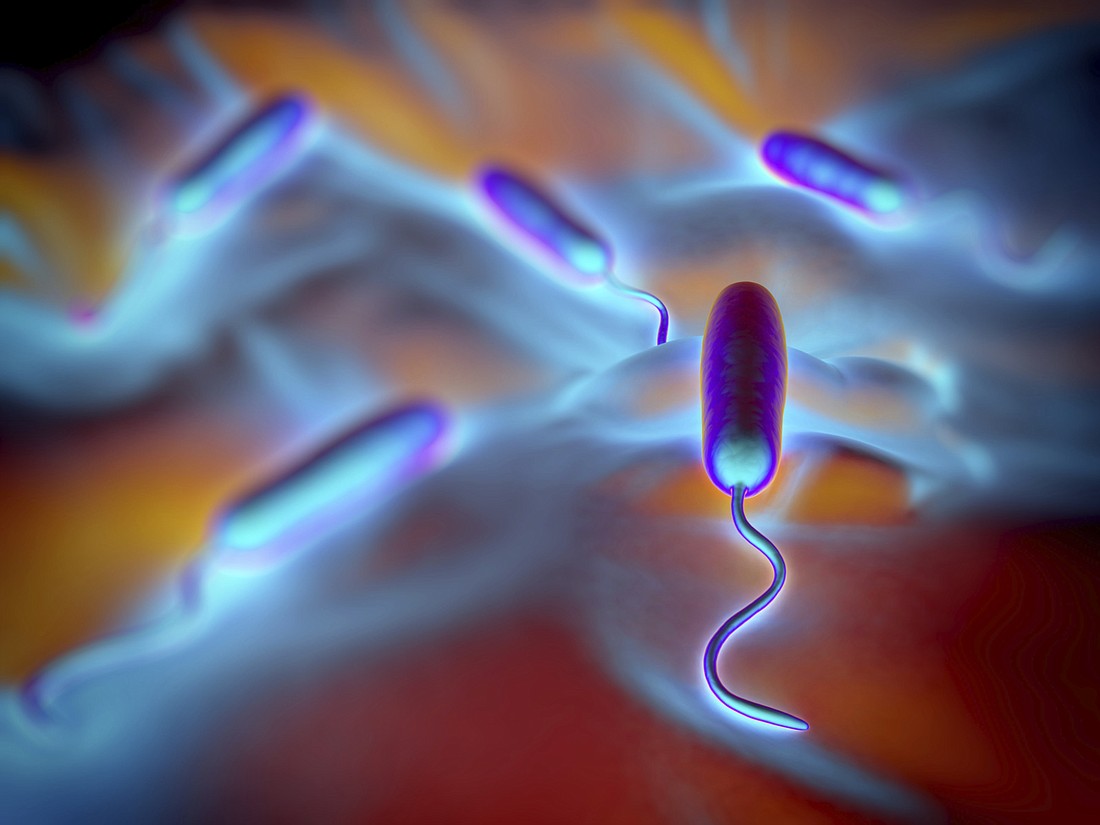Travel Tips: Cholera in Mexico
January 16, 2014 at 4:19 p.m.
What is the Current Situation?
According to the Pan American Health Organization (PAHO), there have been 184 confirmed cholera cases, including one death, reported in Mexico since August 2013. Two of the cases occurred in the Federal District (Mexico City), 160 cases occurred in the state of Hidalgo, 9 cases occurred in the state of Mexico, 2 cases occurred in the state of San Luis Postosi, and 11 cases occurred in the state of Veracruz. Mexican health authorities continue to work to control the outbreak.
What is Cholera?
Cholera is a bacterial disease that can cause diarrhea and dehydration. Cholera is most often spread through contaminated food or water. Water may be contaminated by the feces of an infected person or by untreated sewage. Food may be contaminated by being handled by a person with cholera.
How Can Travelers Protect Themselves?
Most travelers are at very low risk of getting cholera. However, travelers to an area with a known outbreak should take steps to avoid getting sick. The vaccine to prevent cholera is not available in the United States.
1) Drink and use safe water:
- Bottled water with unbroken seals and canned or bottled carbonated beverages are safe to drink.
- Use safe water to brush your teeth, wash and prepare food, and make ice.
- Clean food preparation areas and kitchenware with soap and safe water and let dry completely before reuse.
Piped water sources, drinks sold in cups or bags, or ice may not be safe. All drinking water and water used to make ice should be boiled or treated with chlorine.
To be sure water is safe to drink and use:
- Boil it or treat it with water purification tablets, a chlorine product, or household bleach.
- Bring your water to a complete boil for at least 1 minute.
- To treat your water, use water purification tablets—brought with you from the United States or a locally available treatment product—and follow the instructions.
- If a chlorine treatment product is not available, you can treat your water with household bleach. Add 8 drops of household bleach for every 1 gallon of water (or 2 drops of household bleach for every 1 liter of water) and wait 30 minutes before drinking.
- Always store your treated water in a clean, covered container.
2) Wash your hands often with soap and safe water:
- Before eating or preparing food.
- Before feeding your children.
- After using the bathroom.
- After changing diapers.
- After taking care of someone ill with diarrhea.
If no soap is available, use an alcohol-based hand sanitizer containing at least 60% alcohol.
3) Use toilets; do not defecate in any body of water:
- Use toilets, latrines, or other sanitation systems, such as chemical toilets, to dispose of feces.
- Wash hands with soap and clean water after using the bathroom.
- Clean toilets and surfaces contaminated with feces by using a solution of 1 part household bleach to 9 parts water.
4) Cook food well (especially seafood), keep it covered, eat it hot, and peel fruits and vegetables:
- Be sure to cook shellfish (such as crabs and crayfish) until they are very hot all the way through.
- Do not bring perishable seafood back to the United States.
Avoid raw foods other than fruits and vegetables you have peeled yourself.
5) Clean up safely—in the kitchen and in places where the family bathes and washes clothes:
- Wash yourself, your children, diapers, and clothes at least 100 feet away from drinking water sources.
Clinician Information
Clinicians should obtain a travel history from their patients. Cholera infection is most often asymptomatic or results in mild gastroenteritis. Severe cholera is characterized by acute, profuse, watery diarrhea, described as “rice-water stools” and often vomiting, leading to volume depletion. Cholera is confirmed through culture of a stool specimen or rectal swab. Cary-Blair medium is ideal for transport, and the selective thiosulfate-citrate-bile salts agar is ideal for isolation and identification. Rehydration is the best treatment. Oral rehydration salts are generally used, but intravenous fluids can be used when necessary. For more information, see CDC Health Information for International Travel 2014.
Additional Information
Safe food and water (CDC Travelers’ Health website)
Cholera (CDC website about cholera)





